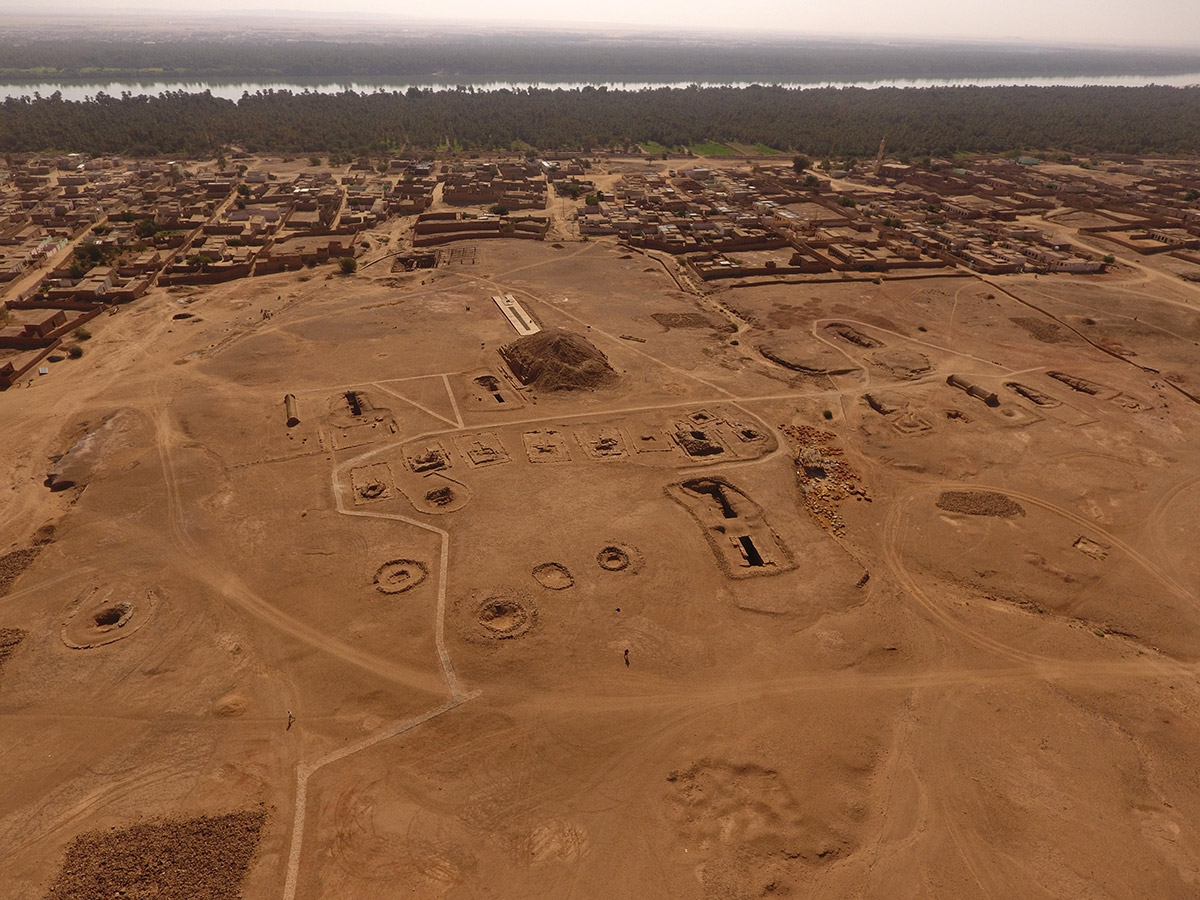El-Kurru Project

El-Kurru is an archaeological site on the Nile River in northern Sudan that was a royal pyramid cemetery for the kings and queens of ancient Kush from about 850 to 650 BCE. Among the kings buried there are most of the so-called Black Pharaohs — kings who conquered ancient Egypt and ruled there as its 25th Dynasty.
The site was first excavated in 1918–19 by the American archaeologist George Reisner on behalf of the Museum of Fine Arts, Boston and Harvard University. In 2013, under the direction of Geoff Emberling, a team from the Kelsey Museum of Archaeology of the University of Michigan began work at the site. The goal of the Kelsey expedition was to investigate possible remains of an ancient royal city surrounding the pyramid field (of which, unfortunately, no trace was found).
Continuing where Reisner left off one hundred years before, the Kelsey team investigated the largest pyramid at the site as well as an associated funerary temple. As part of this work, the team has recovered, conserved, and documented over 700 ancient and medieval graffiti that are the focus of the exhibition Graffiti as Devotion.

